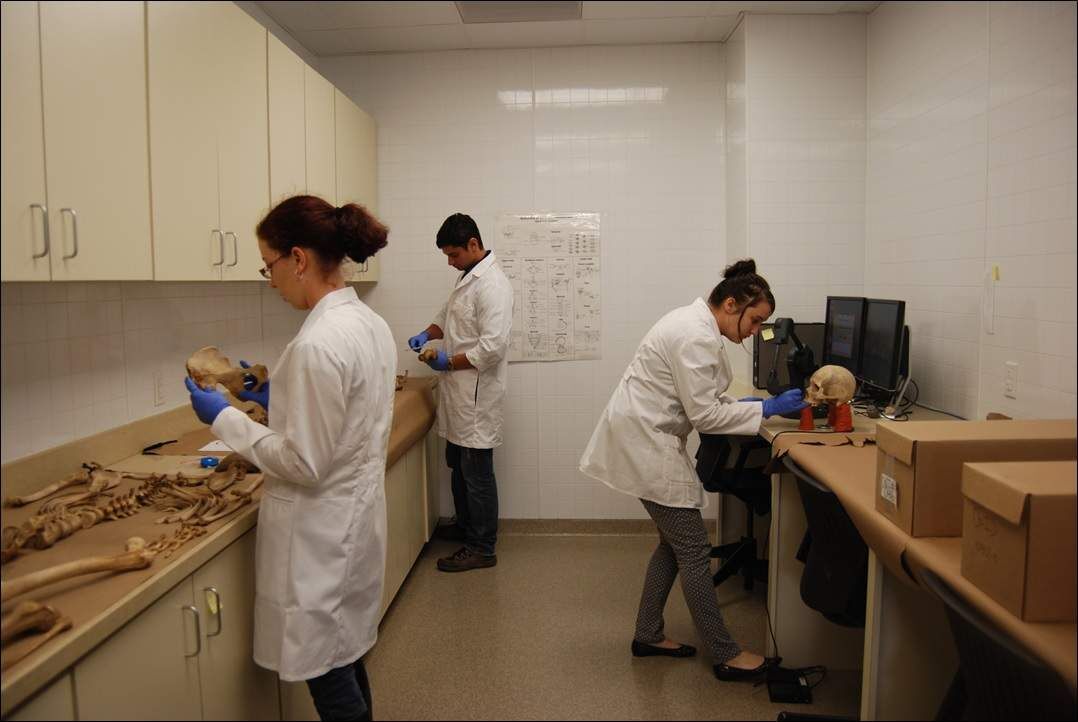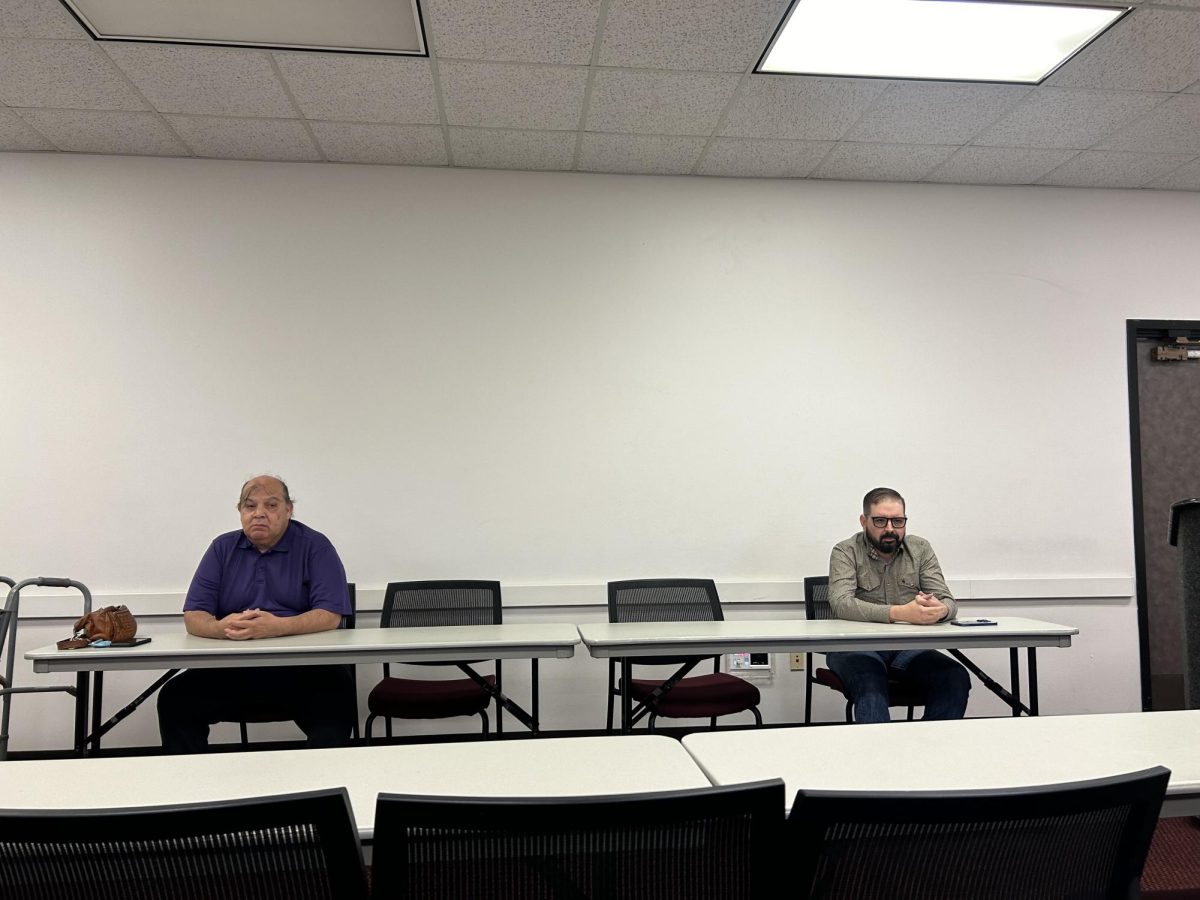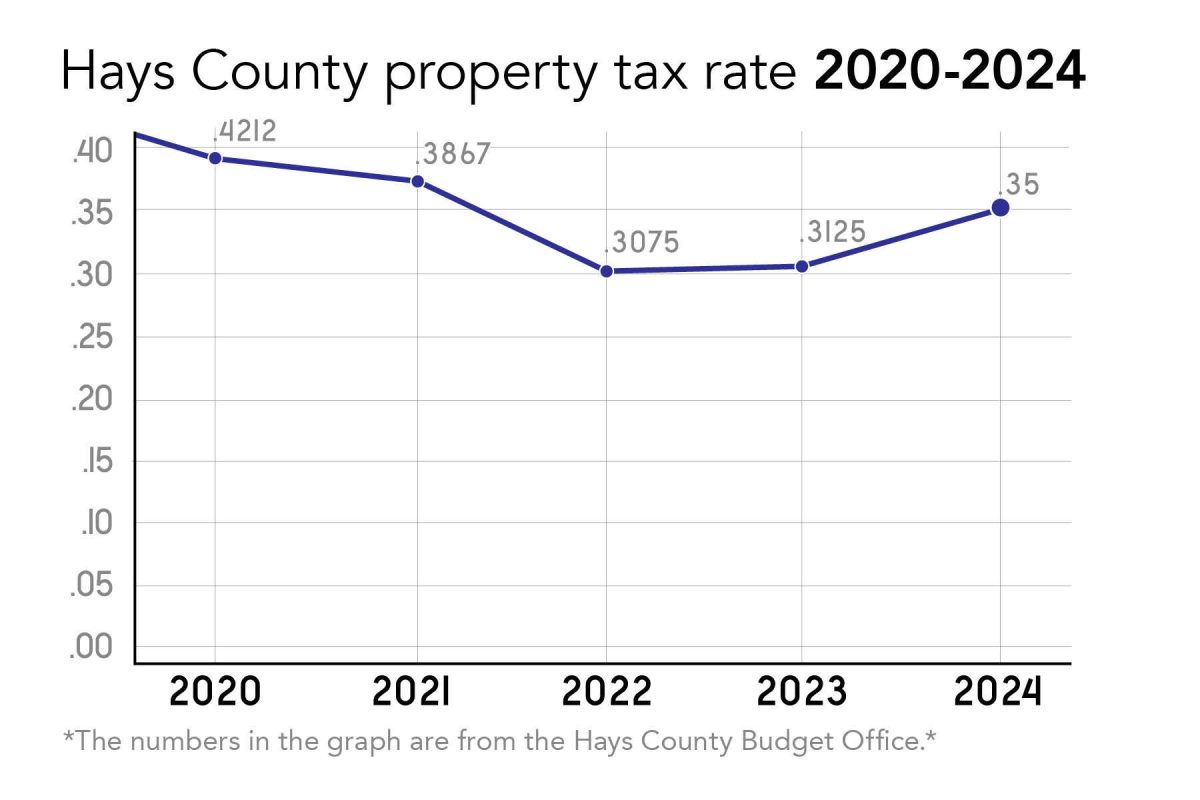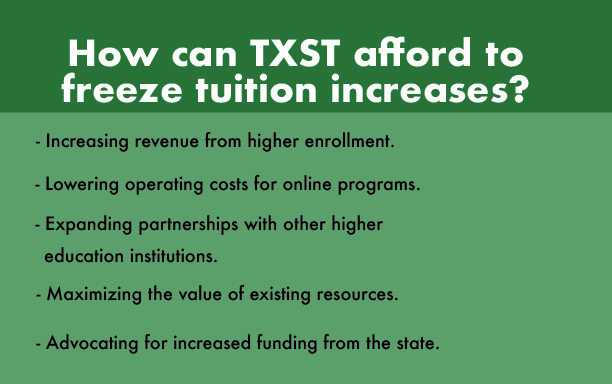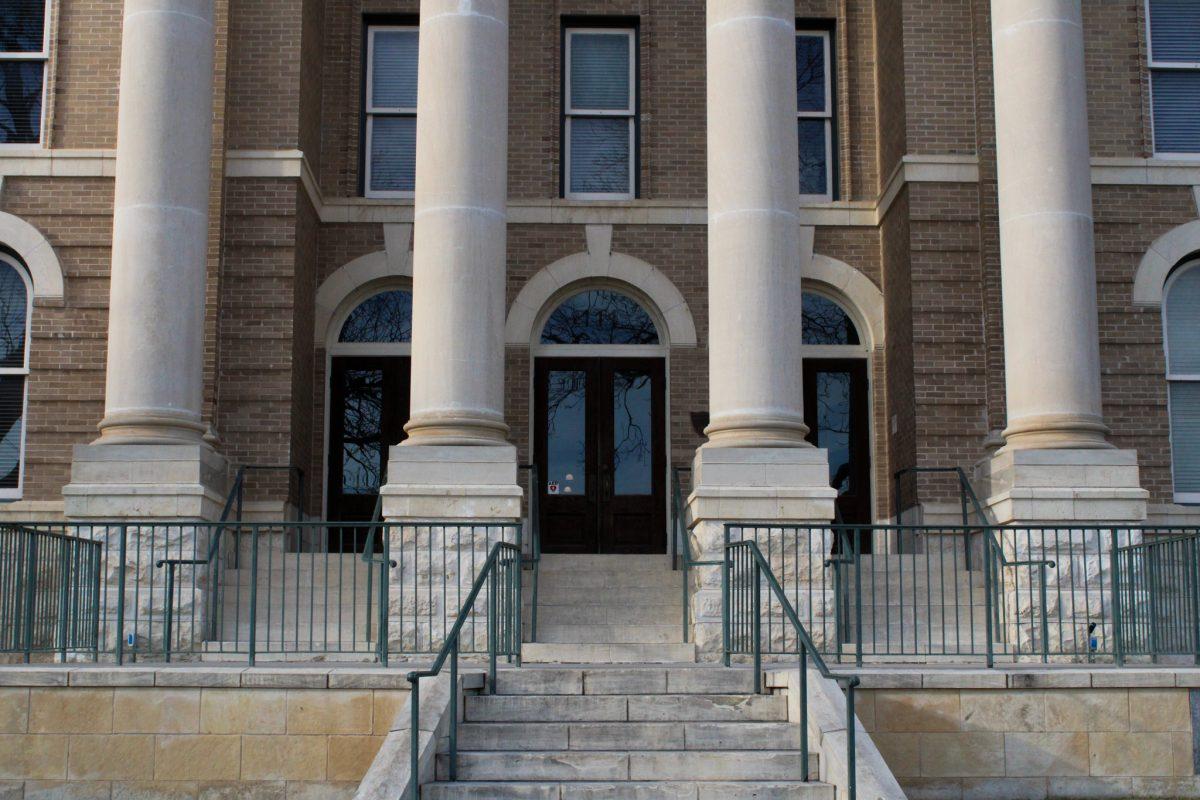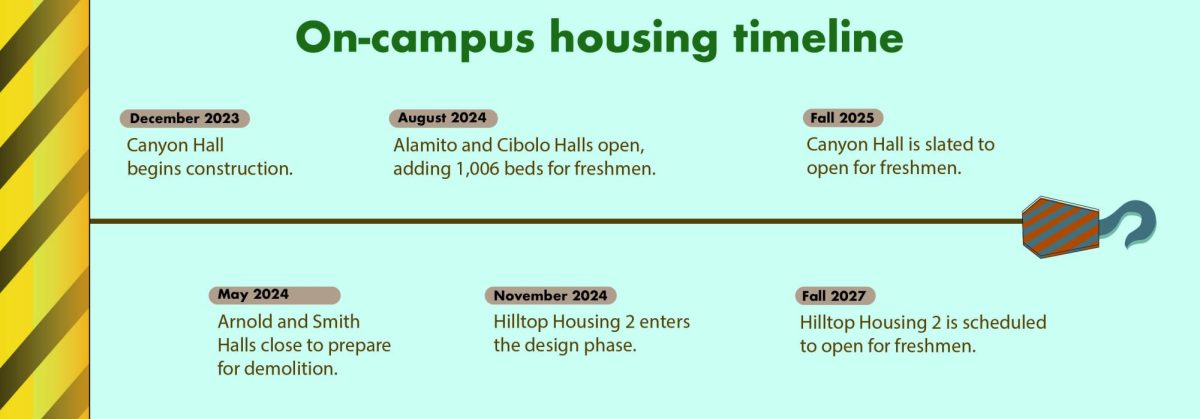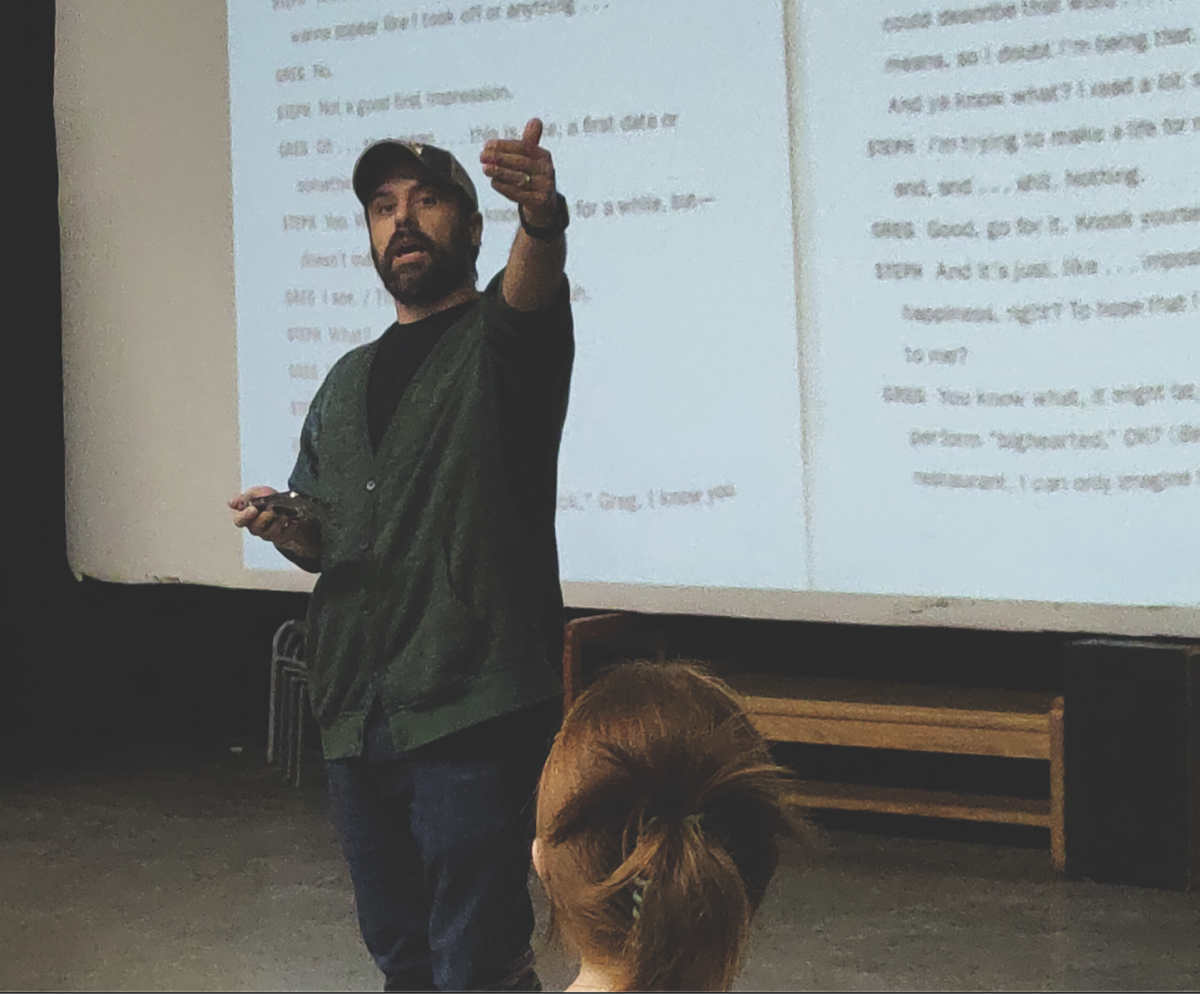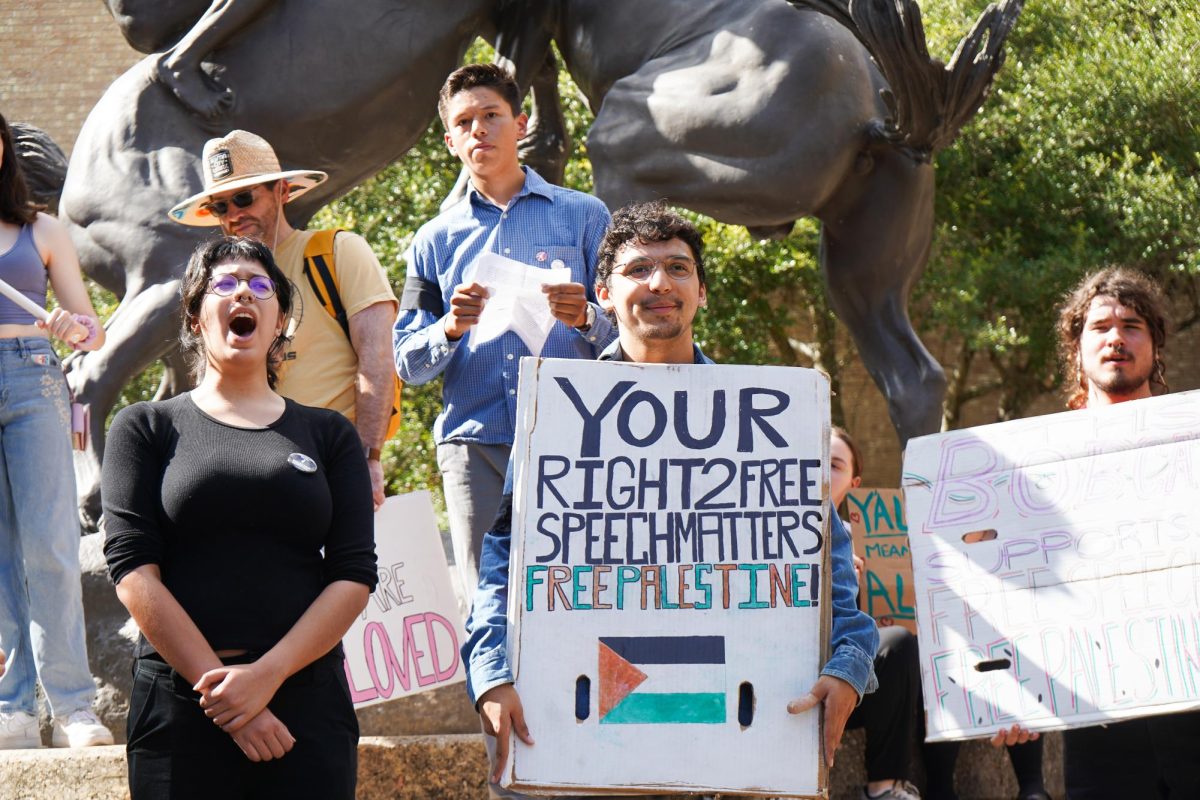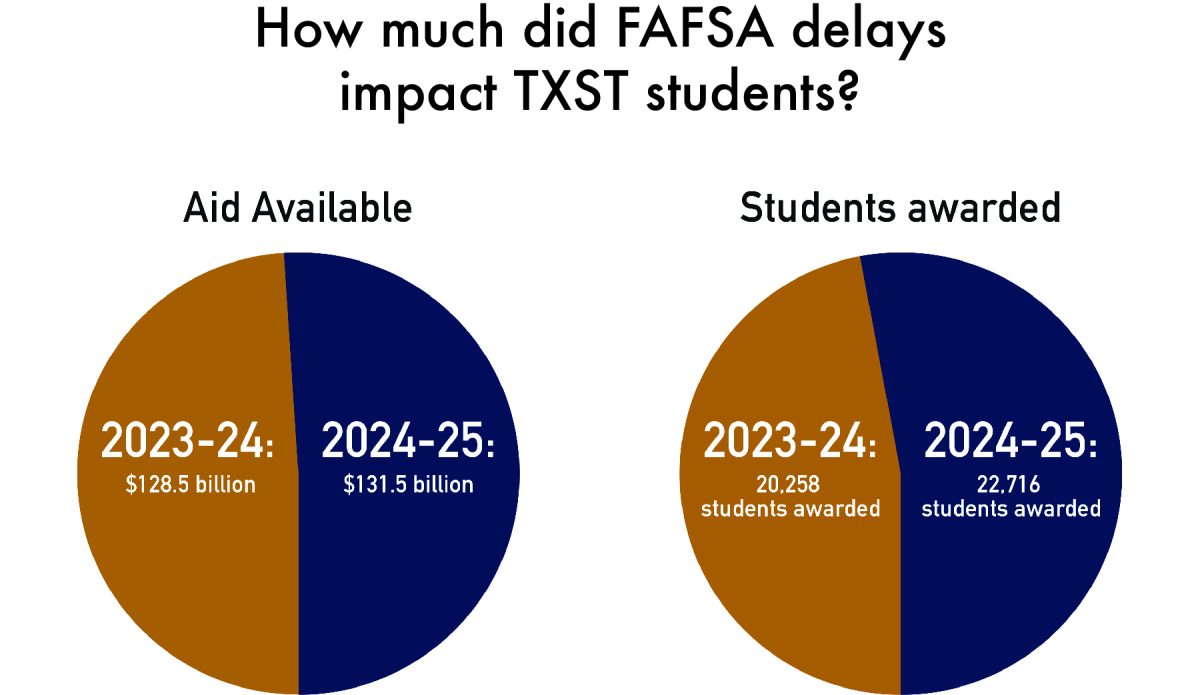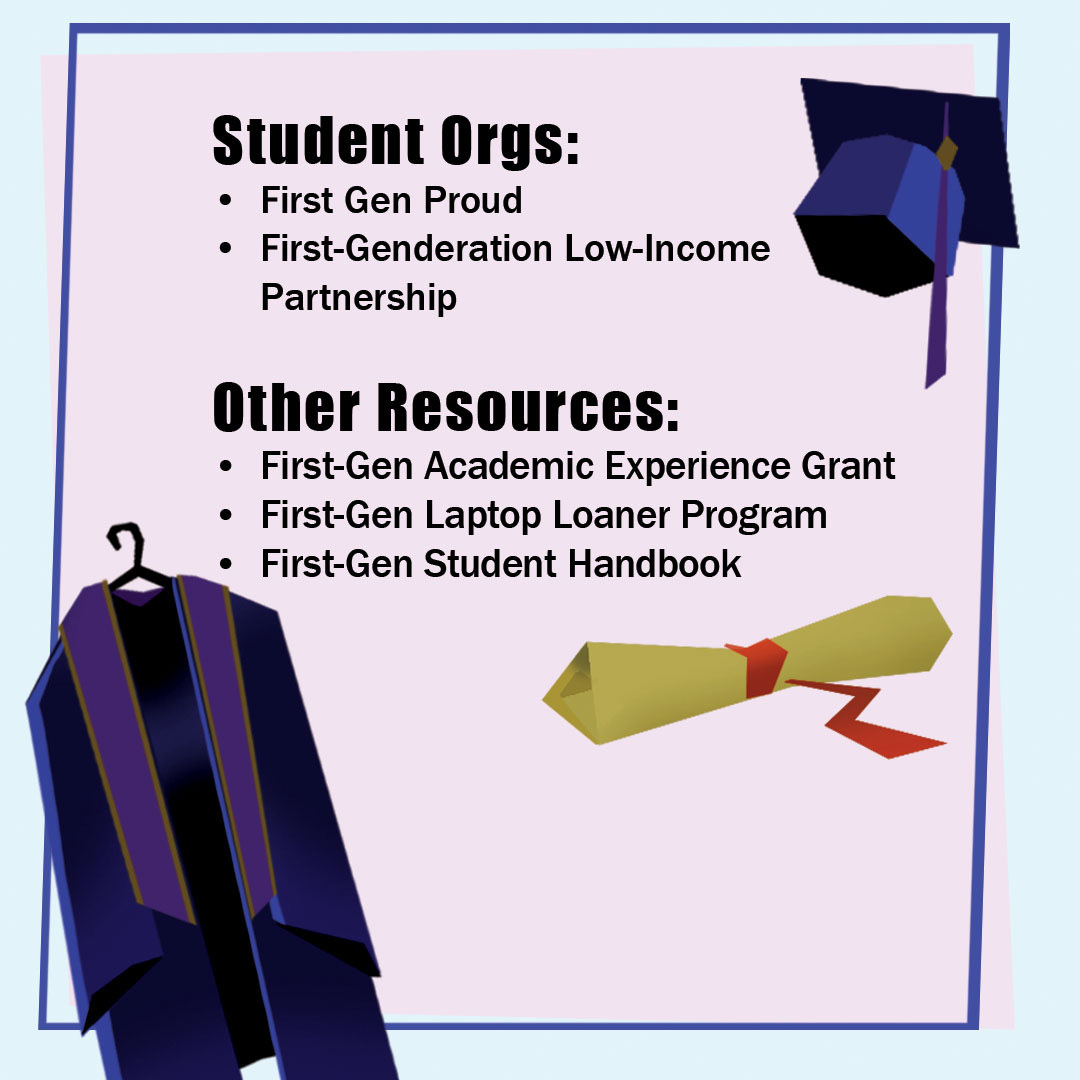Texas State’s collaboration with other universities across the nation to identify human remains along the U.S.- Mexico border has reunited families while giving students working experience.
The work started when Coyotes, human smugglers who help migrants cross the U.S. border, called Martha, whose last name has been omitted for legal and privacy concerns, to tell her that Elmer, her nephew, was to be left behind because he could not keep up. Later, Martha received a call that Elmer had gone missing in Brooks County.
An undocumented immigrant living in Houston, Martha drove down to Brooks County to identify pictures of her nephew for the sheriff. One of the pictures showed a young man faced down on the ground with a brown plaid shirt tied around his knee, matching the last description of Elmer given to Martha by the coyotes before he was left behind.
Wanting to give her nephew a proper burial, Martha was sent to a funeral home, where she was told she would need to take out $2,000 for exhumation, $250 for a DNA sample and $100 per day for storage until his remains are identified. Martha could not afford it.
Through the work of several non-governmental organizations, including Texas State University, Baylor University and the University of Indianapolis, Elmer was identified and exhumed, leading to the creation of Operation Identification.
Operation Identification launched in 2013 and facilitates the identification and repatriation of unidentified human remains found along or near the U.S-Mexico border. The project is led and directed by Kate Spradley, an associate professor in the anthropology department.
“In 2012, Texas surpassed Arizona in the number of migrant deaths, especially in South Texas in Brooks County,” Spradley said. “It was like a mass disaster happening in that county, and they became overwhelmed.”
In the five years since the start of the project, 29 missing individuals have been positively identified, with one case still pending, according to Spradley.
A forensic examination, DNA samples and paperwork are to be submitted by officials to an unidentified and missing persons database whenever a person dies and the circumstances surrounding the death are unknown, as stated in the Texas Code of Criminal Procedures.
The federal missing persons database is not available to people from Mexico and Central America who may be looking for someone lost at the border. According to Spradley, this often causes the DNA collected from the remains to have no comparison in the database, further delaying the identification process.
“We can’t identify the remains if their DNA is not in the database,” Spradley said. “Our federal government refuses to allow cross-referencing of DNA between our federal database and the database in Mexico and Central America.”
Furthermore, a lack of county resources and a high volume of deaths often results in unidentified individuals to be buried without the proper analyses and documentation, which prompted volunteers at Baylor University and the University of Indianapolis to perform the first exhumations.
Urbino Martinez, sheriff of Brooks County, said the efforts of Texas State University sprung from a need in the county.
“It was mostly due to a lack of resources to do this ourselves, as well as allowing undocumented border crossers that were buried without documentation and identification to be returned to their families,” Martinez said.
Despite the collaboration of several institutions in helping with the task, Martinez said the percentage of successful identification is low due to a lack of missing persons reports and DNA in the database.
“It brings closure to the families that have been looking for loved ones for months or even years,” Martinez said.
Working alongside Spradley is the South Texas Human Rights Center, a Falfurrias, Texas organization dedicated to the promotion, protection, defense and exercise of human rights and dignity in South Texas.
Eduardo Canales, founder and director of the STHRC, said this is one of the center’s efforts to helping out families.
“Families are in search of their loved ones that have been lost or have perished,” Canales said. “It was a natural type of activity and program for the South Texas Human Rights Center to participate in the identification process of Operation Identification.”
According to Canales, 65 percent of the missing individuals crossing at the U.S.-Mexico border are from Central America.
Other groups involved in this project include the Argentine Forensic Anthropology Team, the Colibri Center for Human Rights, the USCBP Missing Migrant Project, the National Missing and Unidentified Persons System, the National Center for Missing and Exploited Children, as well as foreign consulates.
According to NamUS, over 600,000 individuals go missing every year in the United States but only 4,400 unidentified bodies are found.
Operation Identification is a broad and collaborative project giving students experience within a humanitarian context while training the next generation of forensic anthropologists.
“We will continue doing what we do, and we will continue to try and bring awareness to this issue in Texas, to the country and internationally,” Spradley said. “We will continue doing exhumations every year.”
Categories:
Universities collaborate to collect and identify bones, remains
June 17, 2018
0
Donate to The University Star
Your donation will support the student journalists of Texas State University. Your contribution will allow us to purchase equipment and cover our annual website hosting costs.
More to Discover


